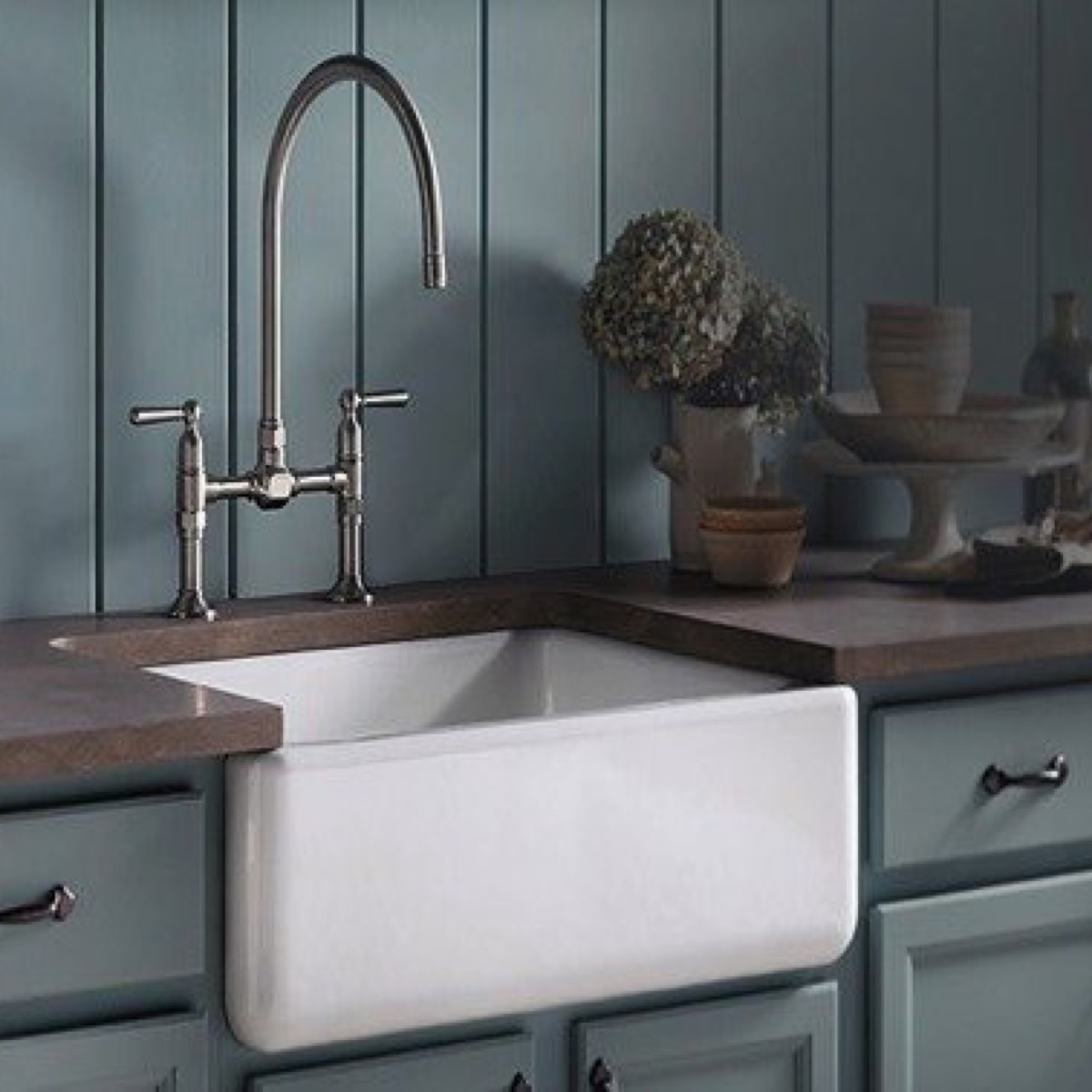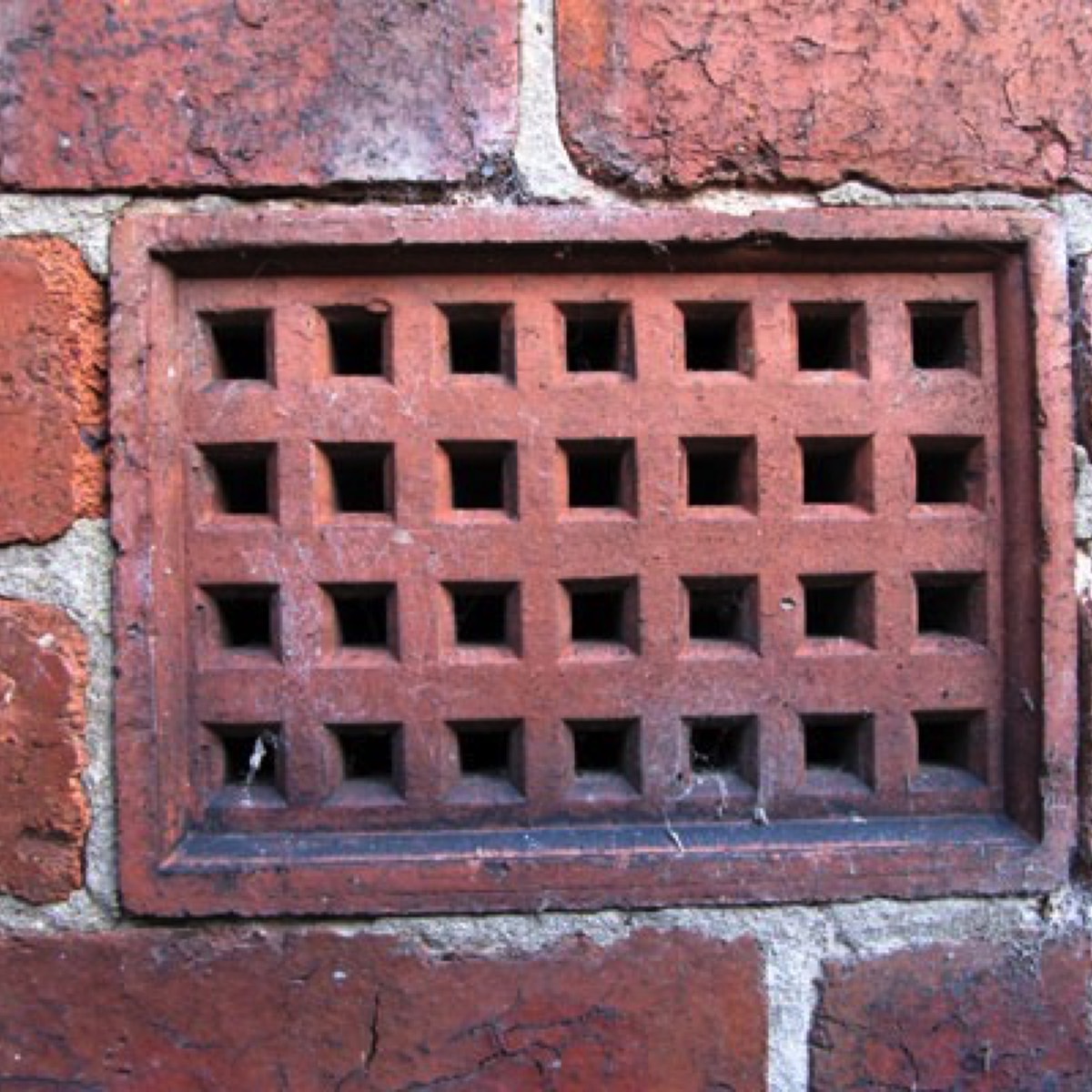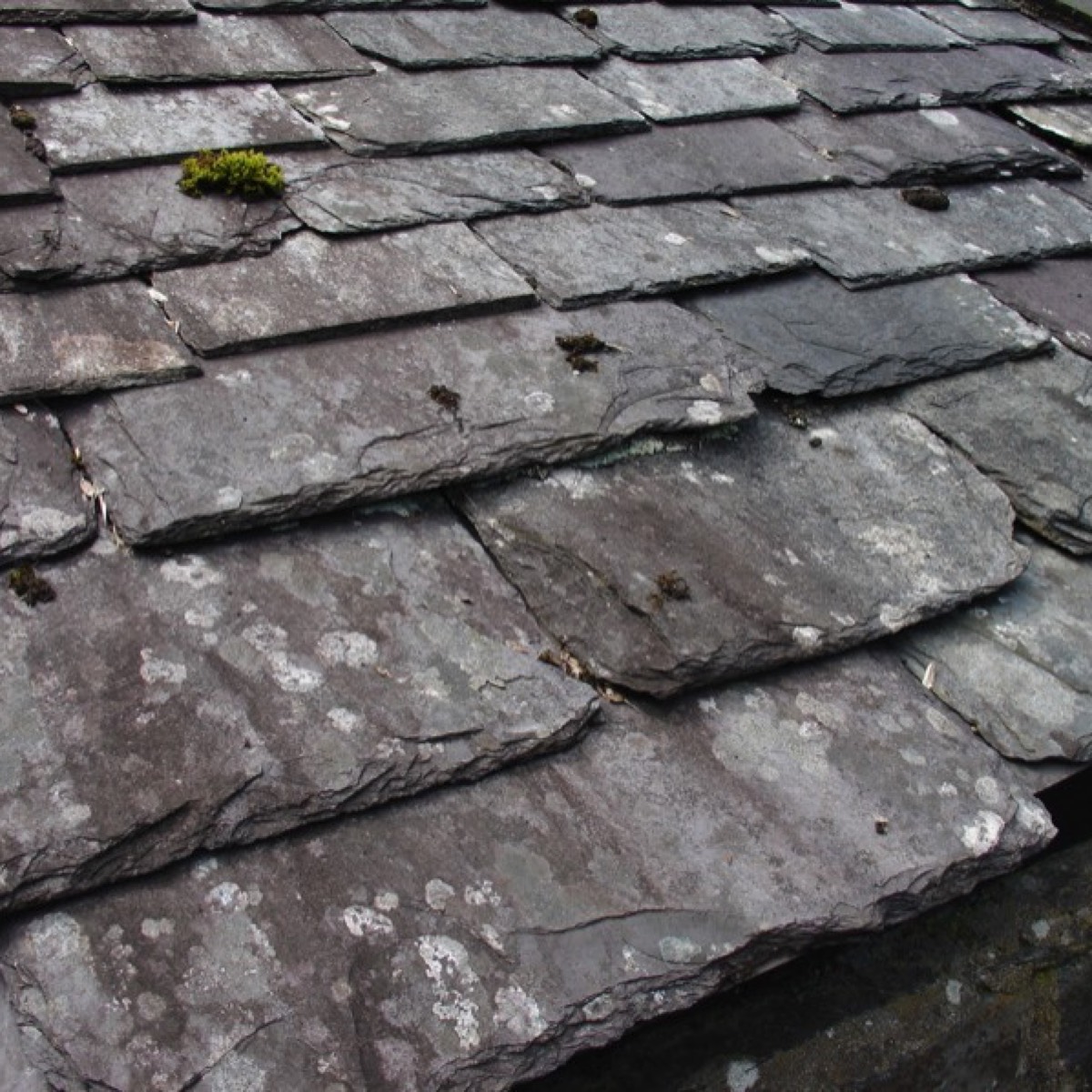How Much Does it Cost to Point/Re-point walls?

Job Costs
| Job | Description | Labour |
| 1 | Repointing the ubiquitous 1930’s semi, with no access or scaffolding problems, (bridging conservatories etc). All of it needs raking out, some bits more than others and there are no window surrounds to bother about as its all silicone sealed. The finish is bucket handle. This will take 2 men (one builders and one labourer) 6 days. | £1650 |
| Materials, scaffolding etc. for the above | 1250 | |
| 2 | To repoint the front elevation door and window surrounds on a Victorian terraced house. He will probably do this from a ladder. It will take 1 man and his labourer 1 day to complete and he will use a “weatherstruck” joint. This includes his materials | £290 |
Information sheet on Pointing Walls
A lot of blokes will quote by the square metre. They won’t even consider removing the areas of all the windows and doors from the price because going around the edges of these into the reveals, can take as long as pointing across them if the window wasn’t there, if you see what I mean. AND that still doesn’t include pointing the surrounds.
This price can be £15-£20 per meter plus scaffolding. Then there’s his “muck” as well though. Add £1.00 per square metre for this.
Muck is what builders call their mortar. If you live in London it can also be called “Don” as in Donald…….. Donald Duck.
Scaffolding for pointing also costs more than for roofing say, because more stages or levels (‘lifts’ to a scaffolder) are needed. (Roofing only needs one, at the top).
When a bricklayer is building a wall he gets on with the serious job of showing his mates just how fast he can do it. Nothing wrong with that of course. The house gets built faster, he earns more, the tax man gets richer.
The downside is that he doesn’t do the job thoroughly and has to go back over everything he’s done that day (or more frequently, if it’s boiling hot) and fill in all the spaces he’s left between the bricks, with mortar and leave it smoothed off, before he can knock off for the day.
This is called “pointing up” and it makes all off his brickwork look lovely!
Unfortunately, because this means that a very great deal of the mortar you can see in any brick wall, has actually been smeared in as an afterthought and isn’t an integral part of the wall, wind and rain erodes it away and his brickwork after 50 years, now looks horrid. He won’t care of course, he’ll be dribbling into his Ovaltine in a nursing home by then.
So now it all has to be put back in again or “re pointed”. Builders generally hate this job, it’s slow and laborious but I’ve known a gang of three do nothing but repointing and boy were they quick!
Mortar Strength
It is very important to use the correct strength of mortar. Strength is determined by the ratio of sand to cement powder. A strong mix is 3:1 (3 sand, to 1 cement), it’s usually measured by the shovel, were not talking soufflé here! It’s best if one bloke does all the mixing, he may get the ratio wrong but he’ll be consistently wrong. Different strengths will dry with slightly different shades of the predominant colour (sand colour)! This will annoyingly, only show up when the job is done and the scaffolding is down (and your cheque has just cleared)!
Strength is relevant not only because it affects colour. It is very important when repointing not to make the mix stronger than the brickwork itself. This can locally arrest the natural movements that all buildings undergo and cause cracks. Very old hand made bricks should be repointed with a weak mortar around 6:1 possibly with lime added. In fact it’s wise if you live in an older property (1850’s) to get professional advice before repointing. If you live in a listed building, English Heritage will sue you if you get it wrong!
Also it’s important to get all the sand from the same supplier. That way the colour remains constant.
QUESTION… To point or not to point?
A walls requirement to be repointed will not be the same over its entire area. Windward corners “go” first, then areas below drips etc. Mortar around window and door surrounds is always falling out because of the vibration. (They’re not as solidly fixed as you think). The 5 or 6 courses of brickwork just under the eaves (where the guttering is) might not need doing at all.
If you repoint only part of the wall, the new mortar colour will stick out like a sore thumb unless the builder gets really lucky with the colour OR he makes several moulds of different sand colours and strengths and leaves them with you to dry all neatly labelled so the best match can be used. (Not even Laurence Llewellyn Bowen is going to do that).
So, do you rake out the mortar that doesn’t need pointing and point that as well, so that the whole wall can be done and all end up the same colour?
If your house is Victorian and the bricks are superb old hand made “yellow stocks” or even better “red rubbers”, they will be very soft compared to a 1930’s “common” or “London” brick. If all the wall is seriously in need or repointing then that’s O.K. but if a lot of the wall doesn’t need doing, then trying to belt out the sound mortar will potentially ruin the bricks. It can knock off bits the size of 2p pieces all over the wall and the result will be a horror story.
This is not an easy problem to solve, sorry!
Talking of belting out mortar joints, it’s pretty important to rake out at least ½” (12mm) in preparation for the new mortar. Anything less will not even have a toe hold in the brickwork joints and may just fall out, or at least be affected by the first frosts, never mind last the 50 years it should!
Designs of Pointing,
There are several designs of pointing, each relevant to a buildings age, the type of brick or stone (for our northern friends) used and lets face it, just what the builder thinks he can get away with.
Here are some, starting with the earliest.
Rubbed, (From when bricks were first used)
Here the mortar is applied then left to dry for just the right amount of time and then just rubbed off (newspaper will do), smooth with the brickwork. Don’t try this at home, you will make an appalling mess of it.
Weatherstruck, (First used by the Victorians)
Here the newly applied mortar is angled downwards and ideally just overhangs the brick below. The idea is to shed the water away from the joint, it also looks very nice if done properly.
Bucket Handle, (From the 1930’s)
After application the mortar is “rubbed up” with a bit of tubing or a special tool or even a galvanised bucket handle. The effect is a smooth concave finish.
Raked Joints, ( 1960’s onwards )
Here the first ¼”-1/2” (5mm—10mm) of mortar is simply raked out again to leave a flat vertical surface set back from the brick face. It is quick but it allows water to sit in the joints and that’s a bad thing!
Like all jobs pointing can be made to look deceptively simple. If you do try it yourself practice on the back of the garage first. I’ve seen DIY attempts that look like it’s been put on with a catapult and rubbed smooth with a pig’s arse!
Questions to ask the builder during his quotation visit
Ask about mortar strength and colour and the design of pointing he intends to leave you with. Most builders will just use 4:1 and bucket handle it. That’s OK if the house is post 1930 but if it’s Victorian it won’t look right.
Ask to see some he’s done somewhere else. Good pointing has to look good, bad pointing looks awful, it’s as simple as that!
Are you going to do the window and door surrounds as well?
They are the 2 vertical and 1 horizontal lines of mortar immediately adjacent to the side of and the top of, the door or window frame. Not the small 4” (100mm) bit of brick “return” or “reveal” between the corner and the frame. (He won’t want to; these take time, especially as when raked out properly, some surrounds will require buckets of mortar to repoint them).
FAQs 'traffic light' guide
-
What's easy about this job…
Open or CloseListening to Test Match Special while pointing in the summer.
-
What's tricky about this job…
Open or CloseDodging rain! It's also v. messy when grinding out the joints. Also, ensure the builder keeps all of the mortar a consistent colour.
For all job costs click on the appropriate section below:
www.buildingsheriff.com
Copyright The Building Sheriff Ltd 2017


